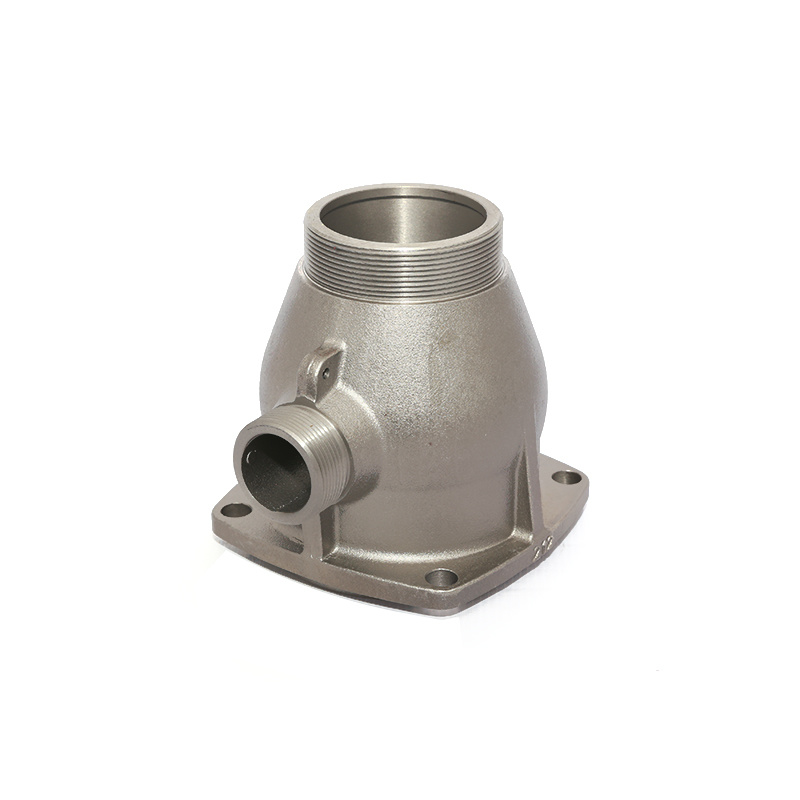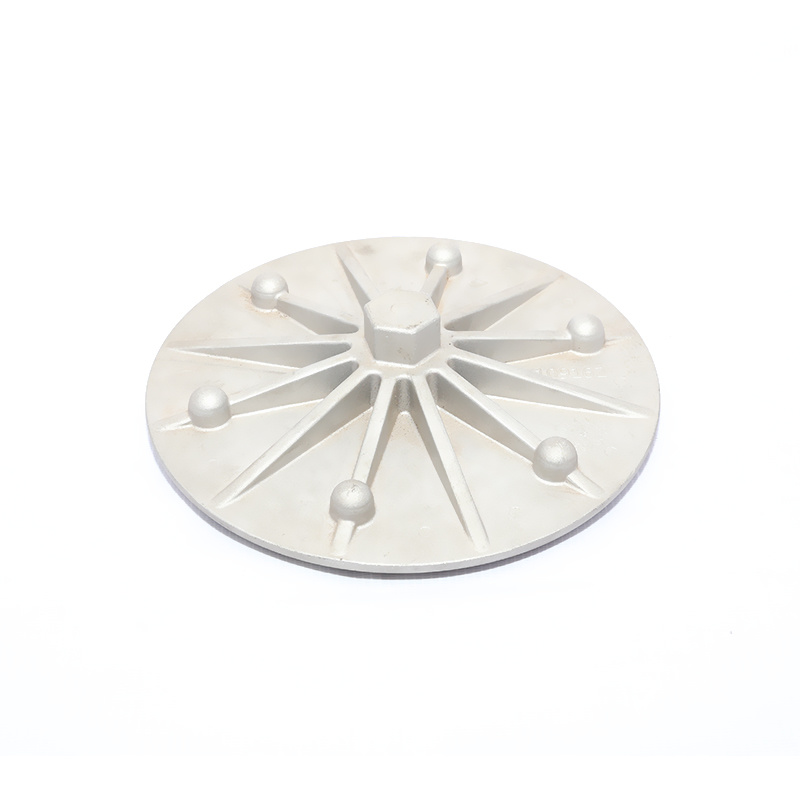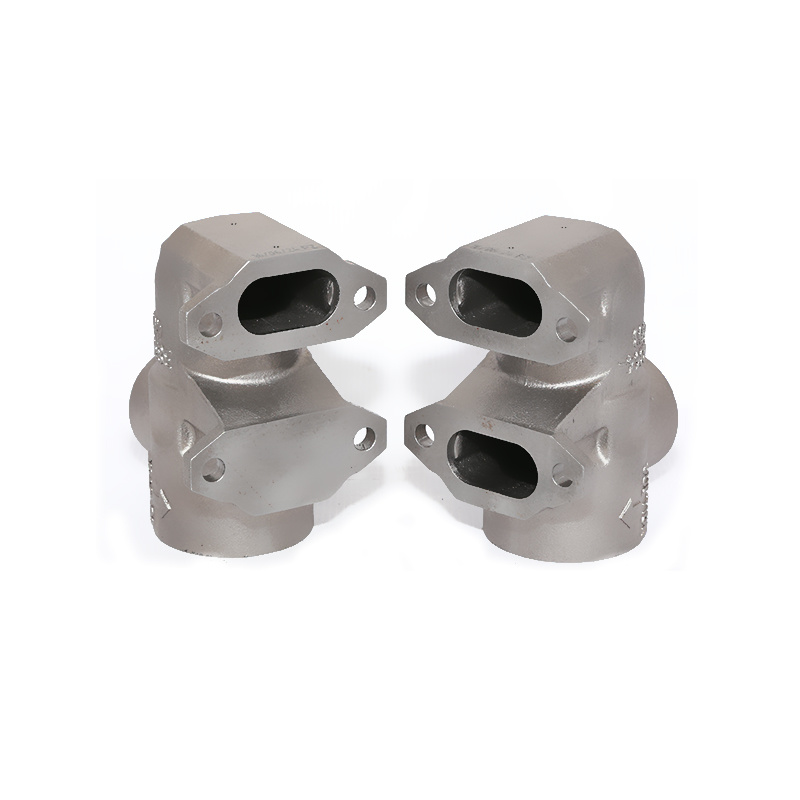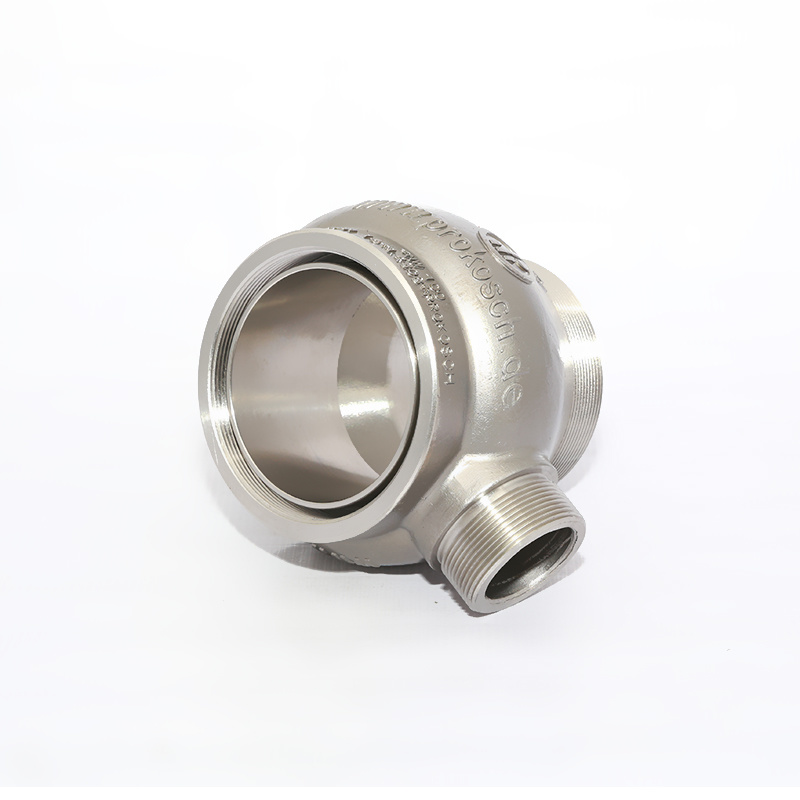language
English
العربية
বাংলাদেশ
Български
Hrvatski
Česky
Dansk
Nederland
Esperanto
Slovenski
filipino
Suomi
Français
Maori
Georgian
Deutsch
Ελλάδα
ישראל
इंडिया
Magyarország
Ísland
Indonesia
Irlanda
Italia
日本語
Sovensko
Հայաստան
한국
Kyrgyz
ປະເທດລາວ
Latvian
Lithuanian
Luxembourgish
Macedonian
Малайская
Maltese
Монгол улс
ဗမာ
नेपाल
Norge
ایران
Polska
Portugal
România
Российская
Србија
Србија
Bosanski
Slovenian
Беларус
España
Sverige
Точик
ประเทศไทย
Türk
Azərbaycan
Uzbek
Việt Nam
Enhancing Fluid Control with Single Counterbalance Valves: A Comprehensive Guide
Apr 01,2025
Enhancing Fluid Control with Single Counterbalance Valves
In the realm of industrial equipment and components, particularly in pumping and vacuum technology, achieving precise fluid control is paramount. One effective solution that stands out is the **single counterbalance valve**. In this article, we will delve deeply into these valves, uncovering their functions, advantages, applications, and best practices for optimal use.
Understanding Single Counterbalance Valves
Single counterbalance valves are specialized components designed to regulate fluid flow and maintain system stability. They are critical in hydraulic systems, where they provide control over the movement of fluid and help manage pressure.
The Functionality of Single Counterbalance Valves
To comprehend how single counterbalance valves work, we must first consider the underlying principles of fluid dynamics. These valves are engineered to balance the forces acting on hydraulic cylinders, thereby ensuring controlled movement. By allowing fluid to flow in one direction while restricting it in another, single counterbalance valves maintain the desired speed and positioning of actuators.
Key Components of Single Counterbalance Valves
1. **Inlet Port**: This is where hydraulic fluid enters the valve.
2. **Outlet Port**: Allows fluid to exit and return to the reservoir.
3. **Control Piston**: This component adjusts the flow rate based on the pressure differential.
4. **Spring Mechanism**: Provides a counteracting force to maintain stability.
Advantages of Using Single Counterbalance Valves
The implementation of single counterbalance valves in hydraulic systems presents several advantages:
1. Improved Fluid Control
With precision flow regulation, these valves enhance the overall performance of hydraulic machinery. By managing the flow rate, they prevent sudden movements that could potentially damage equipment.
2. Enhanced Safety Features
Single counterbalance valves help prevent uncontrolled descent or movement of hydraulic cylinders, which is crucial for operator safety and equipment longevity. This feature is particularly valuable in heavy machinery applications.
3. Energy Efficiency
By optimizing fluid flow, these valves contribute to energy savings in hydraulic systems. Efficient fluid management reduces the workload on pumps, leading to lower energy consumption.
4. Versatile Applications
Single counterbalance valves are widely used across various industrial sectors, including manufacturing, construction, and material handling. Their adaptability makes them suitable for a range of machines, from excavators to industrial presses.
Applications of Single Counterbalance Valves in Industry
Understanding where and how these valves are applied can provide valuable insights into their importance in fluid control.
1. Construction Equipment
In construction machinery, such as excavators and cranes, single counterbalance valves play a vital role in ensuring smooth operation. They help manage the load and prevent uncontrolled movements during lifting and lowering operations.
2. Material Handling Systems
In material handling applications, these valves ensure that loads remain stable and controlled throughout processes such as lifting, tilting, or moving. This enhances both productivity and safety.
3. Industrial Automation
Automated systems rely heavily on precise fluid control. Single counterbalance valves provide the necessary stability and responsiveness to maintain high efficiency in manufacturing processes.
4. Agricultural Machinery
In agriculture, equipment such as tractors and harvesters utilize single counterbalance valves to manage hydraulic implements, ensuring optimal operation in various field conditions.
Choosing the Right Single Counterbalance Valve
When selecting a single counterbalance valve for your hydraulic system, several factors must be considered to ensure compatibility and performance.
1. Flow Rate Requirements
Understanding the flow rate requirements of your system is essential. Choose a valve that can handle the maximum flow rate without compromising control.
2. Pressure Ratings
Ensure that the valve's pressure ratings are suitable for your application. Using a valve that can withstand the system's maximum pressure will prevent failures and ensure longevity.
3. Port Sizes and Configurations
Consider the inlet and outlet port sizes to ensure compatibility with existing hydraulic lines. Proper configurations will facilitate easy installation and maintenance.
4. Environmental Conditions
Analyze the environment in which the valve will operate. Factors such as temperature, humidity, and exposure to contaminants can influence the selection of materials and design.
Installation and Maintenance of Single Counterbalance Valves
Proper installation and regular maintenance are crucial for the optimal performance of single counterbalance valves.
1. Installation Best Practices
- **Follow Manufacturer Guidelines**: Always adhere to the installation instructions provided by the manufacturer to ensure proper function.
- **Check for Cleanliness**: Ensure that all components are free from dirt and debris before installation, as contaminants can affect performance.
- **Torque Specifications**: Use the recommended torque settings to prevent damage to the valve and ensure a secure connection.
2. Routine Maintenance Tips
- **Regular Inspections**: Periodic inspections can identify any signs of wear or damage before they lead to failures.
- **Fluid Quality**: Monitor fluid quality and replace it as necessary to prevent contamination and maintain optimal performance.
- **Functionality Tests**: Conduct regular functionality tests to ensure the valve operates as intended and maintains the desired fluid control.
Common Issues and Troubleshooting
Even with the best components, issues may arise. Understanding common problems can help in quick troubleshooting.
1. Unstable Cylinder Movement
If the hydraulic cylinder experiences erratic movement, check for leaks, air in the system, or valve misadjustment. Ensuring proper calibration can often resolve these issues.
2. Pressure Fluctuations
Pressure fluctuations may indicate a fault in the valve or a blockage in the hydraulic circuit. Inspect the valve and the connected lines for obstructions or damage.
3. Excessive Leakage
Leaking fluid around the valve may suggest worn seals or improper installation. Regular maintenance checks can help identify and rectify these problems early.
FAQs About Single Counterbalance Valves
1. What is the role of a single counterbalance valve in hydraulic systems?
Single counterbalance valves regulate fluid flow and help maintain stability in hydraulic systems, ensuring controlled movement of actuators.
2. How do I select the correct single counterbalance valve for my application?
Consider factors such as flow rate, pressure ratings, port sizes, and environmental conditions to ensure compatibility and optimal performance.
3. What maintenance practices should I follow for single counterbalance valves?
Regular inspections, monitoring fluid quality, and conducting functionality tests are essential for maintaining the performance of single counterbalance valves.
4. Can single counterbalance valves be retrofitted to existing hydraulic systems?
Yes, single counterbalance valves can often be retrofitted to enhance fluid control in existing systems, provided the necessary specifications match.
5. What are the consequences of ignoring maintenance on these valves?
Neglecting maintenance can lead to decreased performance, increased energy consumption, potential system failures, and costly downtime.
Conclusion
Single counterbalance valves are indispensable components in industrial applications requiring precise fluid control. Their ability to enhance safety, efficiency, and flexibility makes them a preferred choice for various sectors. By understanding their functionality, advantages, and proper maintenance practices, industries can optimize their hydraulic systems to achieve higher performance and reliability. Investing in quality single counterbalance valves not only enhances operational efficiency but also contributes to long-term cost savings and improved safety standards in fluid management.
Latest News





